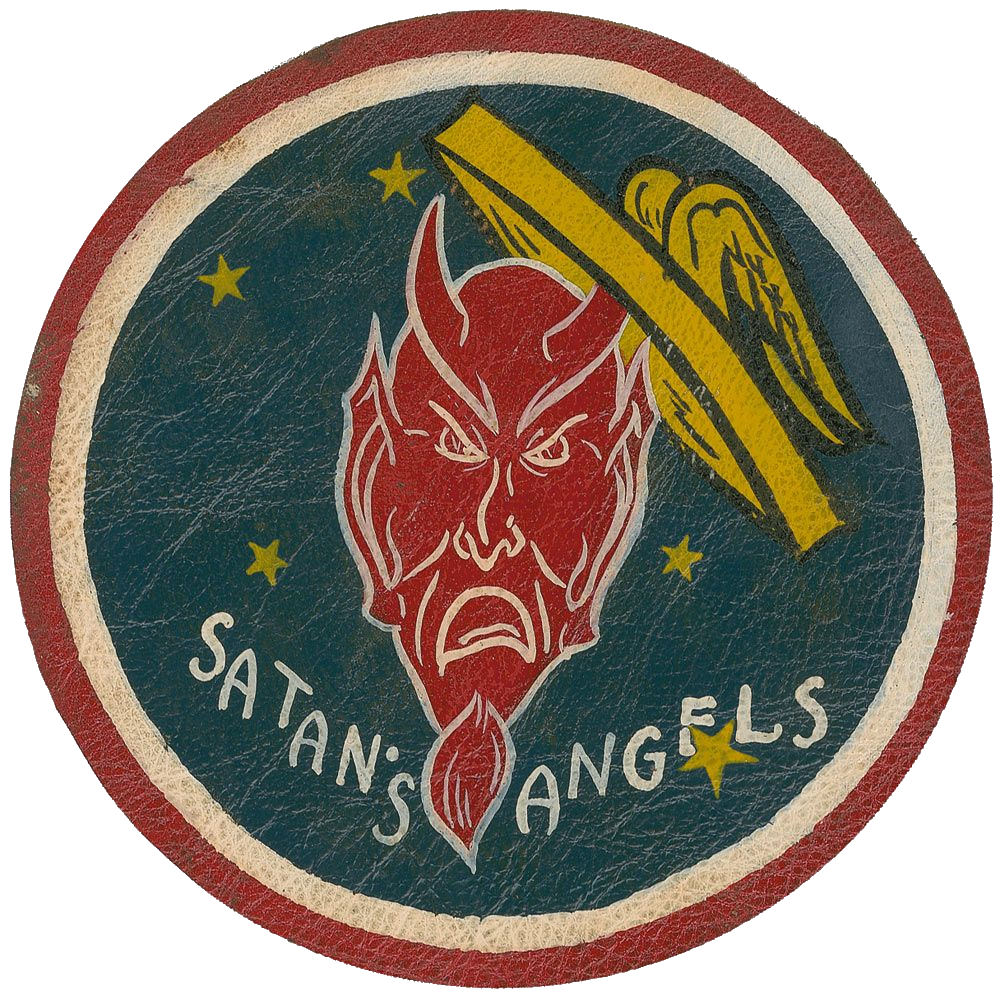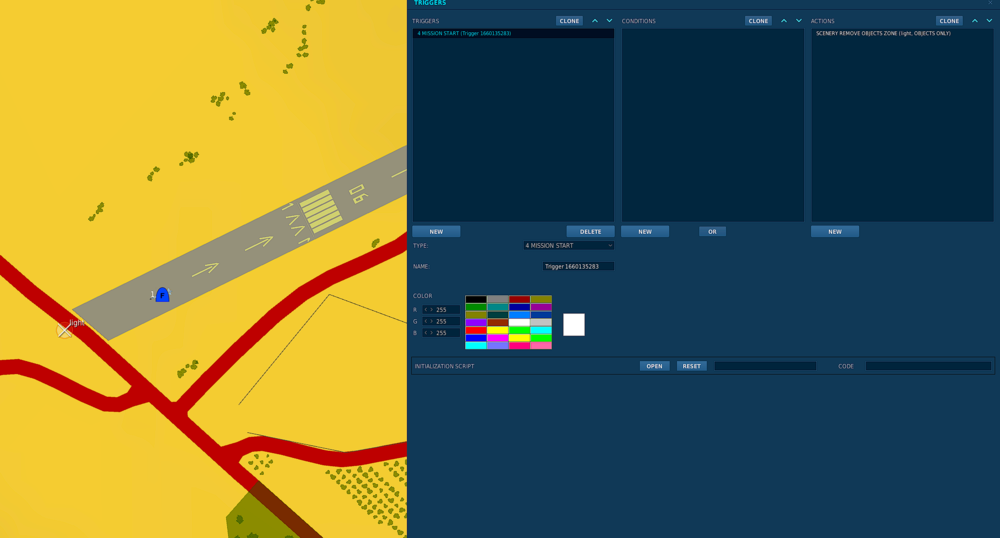-
Posts
1933 -
Joined
-
Last visited
-
Days Won
1
Content Type
Profiles
Forums
Events
Everything posted by =475FG= Dawger
-

Inconsistent application of structural limits
=475FG= Dawger replied to =475FG= Dawger's topic in General Bugs
That explains how the inconsistency could occur if there is not proper coordination regarding a consistent, realistic modeling of aircraft structural damage. It does not explain why such inconsistency is allowed to persist. -
I am wondering the logic behind different modules exhibiting radically different structural failure characteristics. The most obvious example is the F-5E compared to the Mirage F1CE. The two aircraft have incredibly similar published structural limitations, yet one is very easy to rip both wings off and the other behaves completely differently. I know opinions vary on which is more realistic. I would argue the Mirage is a lot closer to reality. However, my concern is the inconsistency in module development. Life might be a box of chocolates but structural limitations modeling should not be. Structural failure behaviors should be similar for all aircraft absent some very obvious public data demonstrating otherwise.
-
Something like that would not be adjustable
-
Alpenwolf’s signature has the link to the server discird here it is. https://discord.gg/cmvxug89eV There is a server mission channel with links to all current missions. Funnily, they link back to this forum. Asking questions on the Discord is a good plan too.
-
Having played PvP air combat games in the past using only HOTAS buttons for over 15 years, I can safely say they are no disadvantage other than they take away HOTAS hats/buttons. Track IR type devices can be equal to hat switches if carefully set up. VR has a distinct disadvantage to the other two in that you must turn your head and body. However, VR is the most fun so thats what I use. This thread smells of the desperation of someone who cannot face up to the required self-examination in order to become better at BFM It is a poor craftsman that blames his tools.
-
I flew the F1 around at 151 KIAS at 10 units at 9000 kg. The numbers match the published data, indicating there is no issue.
-
I just tested the F1 at precisely determined weights and it matches closely to the published numbers. I don't see an issue. IvanK looks to have resolved this, imo.
-
User. RA is unnecessary equipment in this fighter.
-
There seems to be a great fear of math related to the F1.
-

wip Complete radiator shutdown does not cause engine stall.
=475FG= Dawger replied to Hobel's topic in Bugs and Problems
It appears things have improved somewhat with the cooling system in the K4. However, non-circulating coolant would be only marginally and very briefly better than no coolant at all and the end result would be the same. Without heat dissipation via circulation through the radiators and airflow, the fluid would quickly heat up and create enough pressure to damage the cooling system and/or engine. In the P-51, this occurs in seconds when airflow through the radiator is reduced by flying slow at high power. I am not suggesting this is correct either but it does point to how the two aircraft could be improved by making the two meet somewhere in the middle with regards to liquid cooled engine behavior. Cheers! -
Probably bleed air actuator for something. Maybe the nozzle.
-

Where did all the WW2 people go?
=475FG= Dawger replied to flygav's topic in Western Europe 1944-1945
As an example, one liquid cooled engine can fly a limitless time with no coolant in the system and another will crack the block, evacuate all the coolant and seize in seconds if flown at high power and low airspeed for more than a few seconds. Both are obviously not very realistic although at opposite ends of the spectrum. From a damage model standpoint, there is a WWII module that can absorb the whole nine yards with minimal damage and other modules that seem to be made of glass. Inconsistent. Yes, I know you are going to tell me they are different aircraft so you can't expect them to be exactly the same. Yes, I know I am wasting my time pointing this out as you are here more for PR damage control than actually trying to figure out what the issue might be. But you quoted me, I got the notification and the Law of the Internet requires a response. I will make you a deal. Ignore all my previous posts on WWII issues in DCS and I will continue to ignore the WWII DCS modules I wasted a few hundred dollars on.- 153 replies
-
- 10
-

-
Strange. Mission start worked fine for me. Glad you got it working.
-
If you are willing to edit the mission, it is easy to make it disappear. Drop a trigger zone on the offending light pole and then create a MISSION START trigger that uses SCENERY REMOVE OBJECT ZONE to remove it. null
-

Severe adverse yaw: Unique characteristic the F1?
=475FG= Dawger replied to Nealius's topic in DCS: Mirage F1
If you would like to believe that placing a flap on top of a wing makes it magically do something different than what it does on the bottom of a wing, more power to you. Your use of architectural terms for the curves of arches is an interesting choice. Supersonic airfoils are generally symmetrical. No "Intrados" and "Extrados". In any case, its apparent from reading your last post that further discussion will only be frustrating. Enjoy your weekend! -

Severe adverse yaw: Unique characteristic the F1?
=475FG= Dawger replied to Nealius's topic in DCS: Mirage F1
Any device that changes the camber of the wing modifies its lift. Flaps increase the existing camber to increase lift which creates parasitic and induced drag. A "spoiler" is a flap installed to act in the opposite direction. It changes the effective camber of the wing section, simultaneously reducing the "positive" lift and creating lift in the opposite direction. This is why spoilers are generally installed forward of the trailing edge. This new "lift" force causes a pitch moment and the closer the center of this force is to the center of gravity the more the resulting rotational force is reduced. Anyone who has ever deployed a spoiler has felt the effect it has on the airplane. It isn't just a "disturbance" in the airflow. It feels just like a flap deployment except for the direction of the pitch change. You are overthinking the aerodynamics of spoilers. -

Severe adverse yaw: Unique characteristic the F1?
=475FG= Dawger replied to Nealius's topic in DCS: Mirage F1
Spoilers are nothing more than flaps. They produce negative lift in the same manner a flap produces positive lift. -
Most western altimeters are not intended to set QFE and lack sufficient range of pressure selection to do so. Set QNH and do the math.
-

Severe adverse yaw: Unique characteristic the F1?
=475FG= Dawger replied to Nealius's topic in DCS: Mirage F1
Amen, brother. It is a very strange phenomenon. They seem to glory in behaviors that are obviously ridiculous while denying the existence of physics in other behaviors. Compensating for something that a therapist could have a field day with. Personally, I find portions of the F1 yaw behavior feels like swept wing aircraft I have flown while the high speed yaw behavior seems odd. I like the flight model but fully expect it to modify over time into, hopefully, something even better. -

fixed The Mirage F1 cockpit is so dark! Hope it improves
=475FG= Dawger replied to huchanronaa's topic in Bugs and Problems
It isn't that the cockpit is too dark. Its the lighting in DCS that is FUBAR. Aerges may have to fudge something. I just turn all the lights up. -
The use of QNH and, consequently, QNE is something that has crept into aviation language outside of the United States. You won't ever hear either one coming from a US crew or controller. In the US, the local altimeter setting is referred to as "altimeter" or more correctly although less common "altimeter setting". As in, " Descend and maintain five thousand, altimeter 30.01". In the US, you set standard pressure when climbing through 18,000 feet. The trained challenge and response was always "Set <number>" and "<number> set" In other parts of the world, QNH has crept/adopted into the lexicon and some pilots will use, incorrectly, QNE when they mean "standard atmospheric pressure". It isn't correct but it is now defined as meaning "standard atmospheric pressure". Even the FAA defines QNE that way now. So the short answer is QNE in aviation today always means "standard atmospheric pressure". QNE, in its original form, has no practical use in aviation and isn't used.



